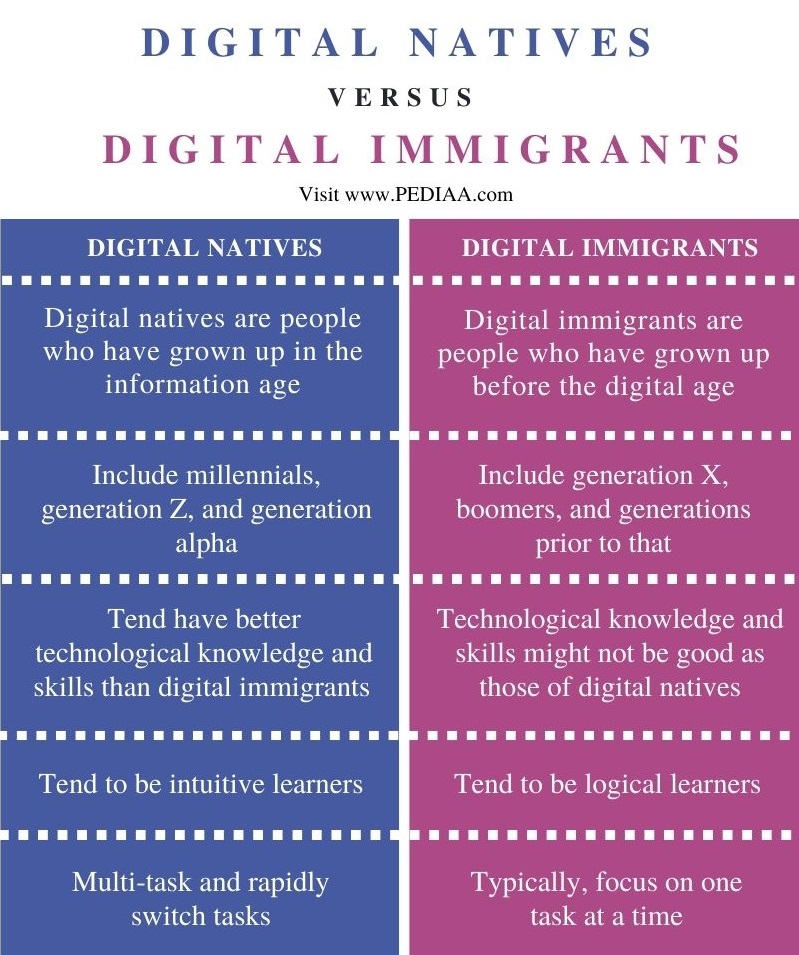The Think Fast, Talk Smart, podcast is hosted by Matt Abrahams, a professor of strategic communications at Stanford, and is produced by the Stanford Graduate School of Business. The podcast focuses on evaluating and enhancing interpersonal communications from an academic perspective, and the intended audience is business professionals. In this episode of Think Fast, Talk Smart, "How to Shine Online and Excel at Virtual Communications" Matt and specials guests gauge the effectiveness of purposeful online communications, and further discuss some tips for improving virtual communications. Matt and guests strongly emphasize the importance of presentation in virtual meetings, regularly highlighting the importance of non-verbal communications in virtual meetings. Eye contact, gestures, and audible variations in voice, Matt argues, are critical components of communications that are fundamental to disclosure, and disclosure is critical for gaining trust. Nearly every facet of this episode was elaborated upon in chapter 14, "Informative Presentations", of Communicating Online. Yet, this episode did offer some insightful variations or additions to enhancing online communication skills.
- Suttle shifts in presence helps to hold audience attention: Use posture and gestures to highlight your audible communications, carefully.
- Use paraphrasing as a transitional tool: Paraphrase a colleagues statement, add your thoughts, then transition to the next topic.
- Take the time to setup your camera optimally: Your head/face should full 1/2 the screen, there should be some space above your head, and put a picture of a loved one just behind your camera, this will make eye contact easy and sincere.
- Humans are designed for greater engagement with changing stimuli: Plan your dialog, avoid cognitive overload, consider regularly changing your meeting format.
In essence and summary, this podcast episode's thesis is that online interpersonal communications are based on the fundamental principles of communication, but the context differs, and therefore methods of communications must be altered. Carefully planning your online presence is key for effective online communications. Doing so helps to establish a trust that encourages interpersonal interactions, which develops further disclosure and engagement. And because virtual meetings have become a permanent fixture of the professional business world, developing your online presence is key to enhancing online communications.
References
Abrahams, Matt. (2023). "How To Shine Online and Excel at Online Communications". Think Fast, Talk Smart Podcast. 2023. https://podcasts.apple.com/ph/podcast/quick- thinks-how-to-shine-online-and-excel-at-virtual/id1494989268?i=1000517406053
BBC News. (Sept. 24th, 2021). " New Zealand Council's Zoom Talks Go Viral as Pretend Meeting. https://www.bbc.com/news/world-asia-58674888.
Green, Julia. (2023). Communicating Online. McGraw-Hill Create. https://bookshelf.vitalsource.com/books/9781307876413.










